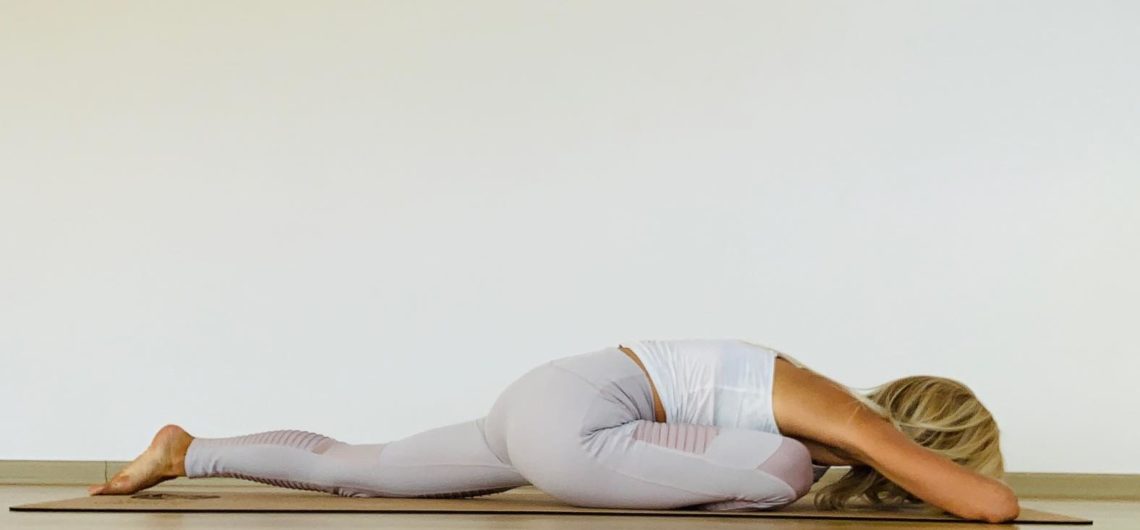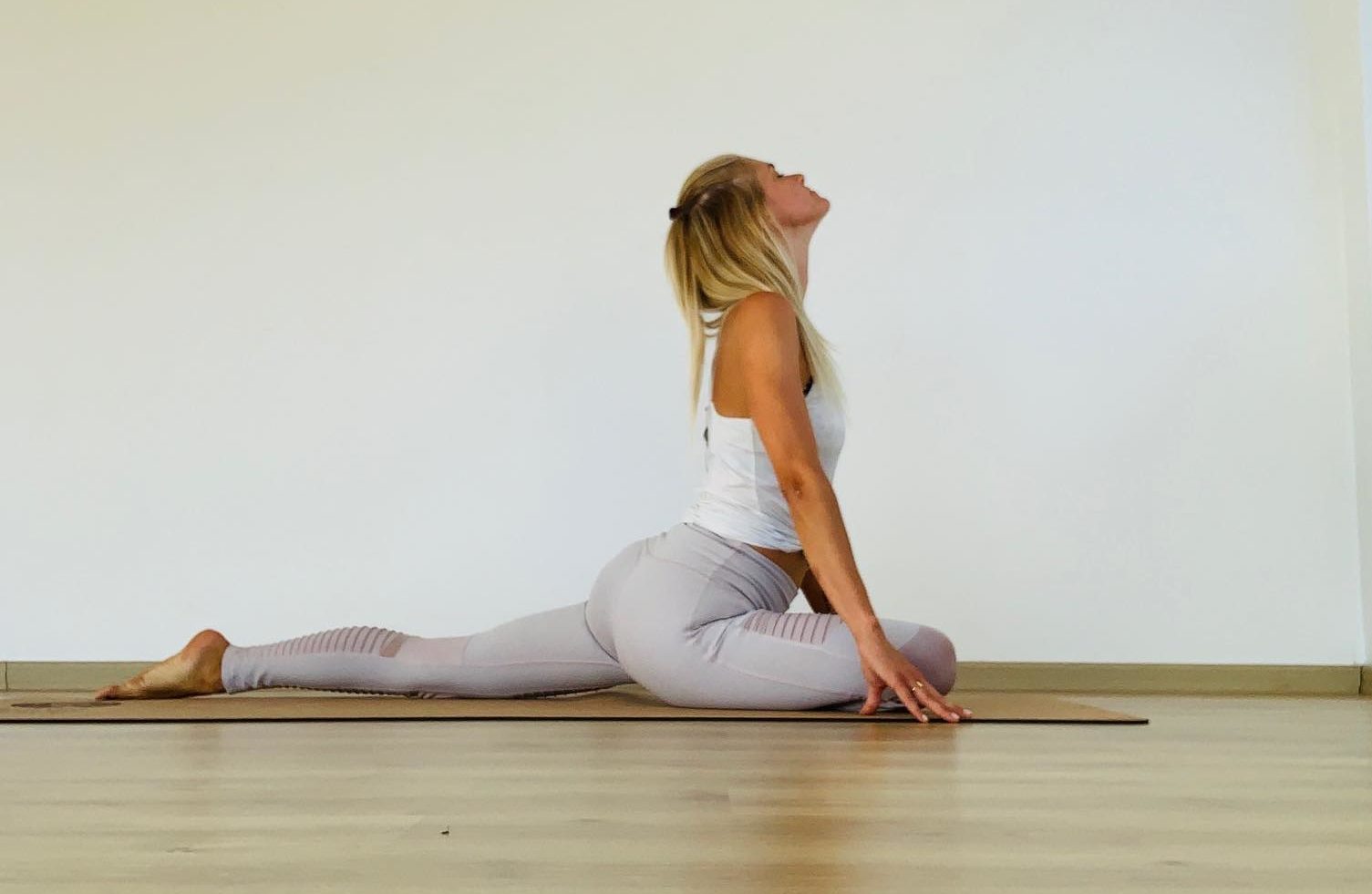
The yoga chakras are the energy channels in the body through which the prana (our life force) flows. Although there are various different ones, there are 7 most commonly known. These are the root chakra, the sacral chakra, solar plexus, heart chakra, throat chakra, third eye and the crown chakra.
When the yoga chakras are activated and in balance, the prana flows freely and the physical, mental and emotional bodies are in harmony. However, when one or more yoga chakras are out of balance, this can also create disharmony within. Asana practice is an effective way to create equilibrium between all parts of the self and live with clarity, purpose and be aligned with all parts of the self. This yoga sequence is one which can be practiced when feeling physically, mentally, emotionally and/or energetically out of balance. However it is also important to know that in order to maintain balanced, a consistent practice is beneficial and indicated.
Balasana-Child’s pose
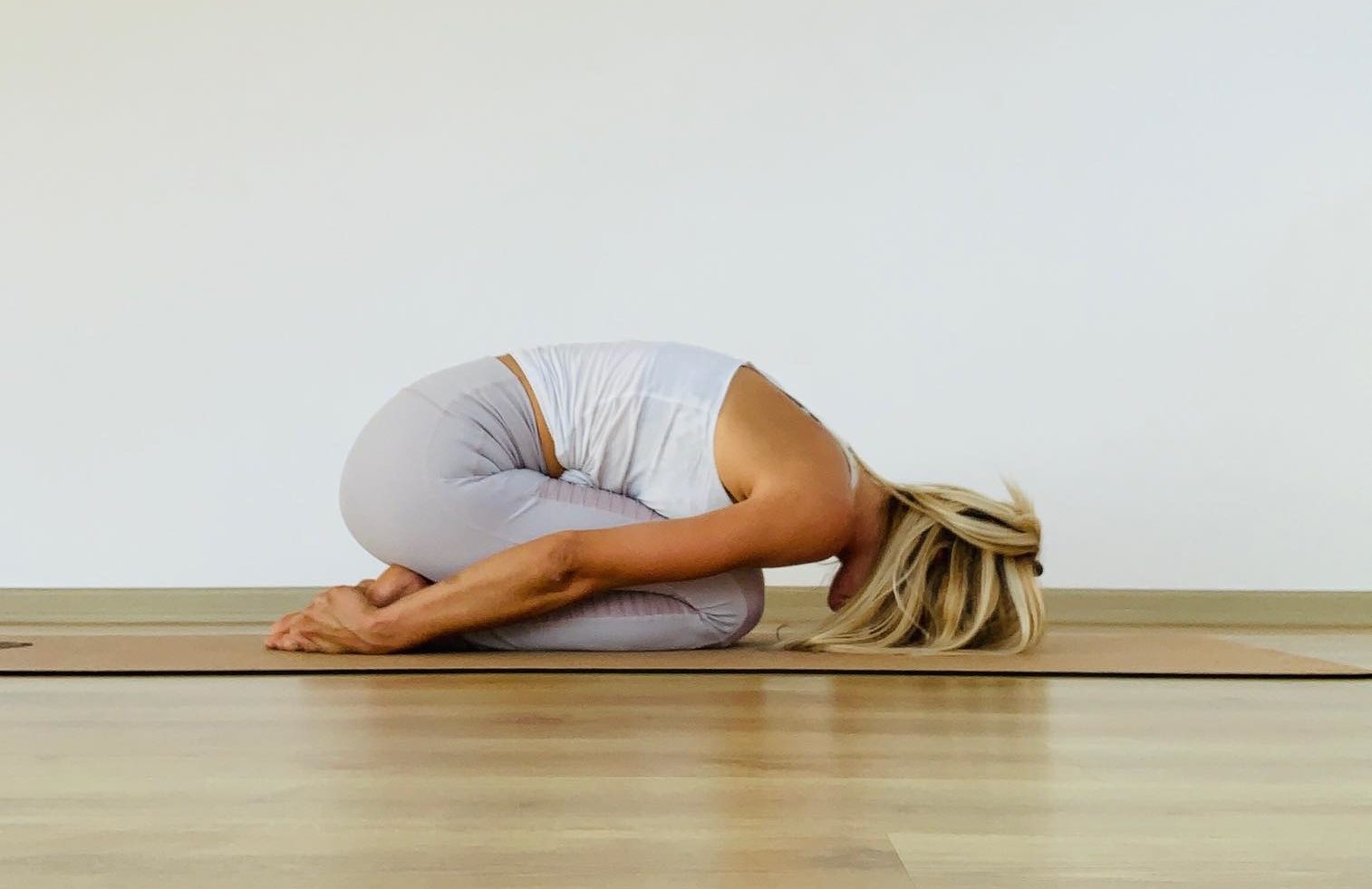
Start in Balasana, child’s pose. This is a reflective asana which takes our awareness inward. Take a few deep breaths here and notice how you are feeling. This would also be a good time to set your intention for your practice ahead, but also to go within and nurture yourself. As the root chakra governs stability and feeling safe in the world, balasana is a reminder to acknowledge all parts of the self and doing so with a loving intention, to know that the mat is your safe space.
Adho Mukha svanasana – Downward facing dog
Moving into downward facing dog which creates space in the body by lengthening the spine. It also strengthens the wrist and ankle joints and energizes the physical, mental and emotional body. Through this asana we also become more grounded emotionally and physically. The hands are part of Anahata, the heart chakra and the feet are governed by Mooladhara, the root chakra. As this is considered an inversion, it also helps to energize the body and mind and connect with the higher chakras, particularly ajna (third eye chakra) and sahashrara (crown chakra).
Kapotanasana – pigeon pose
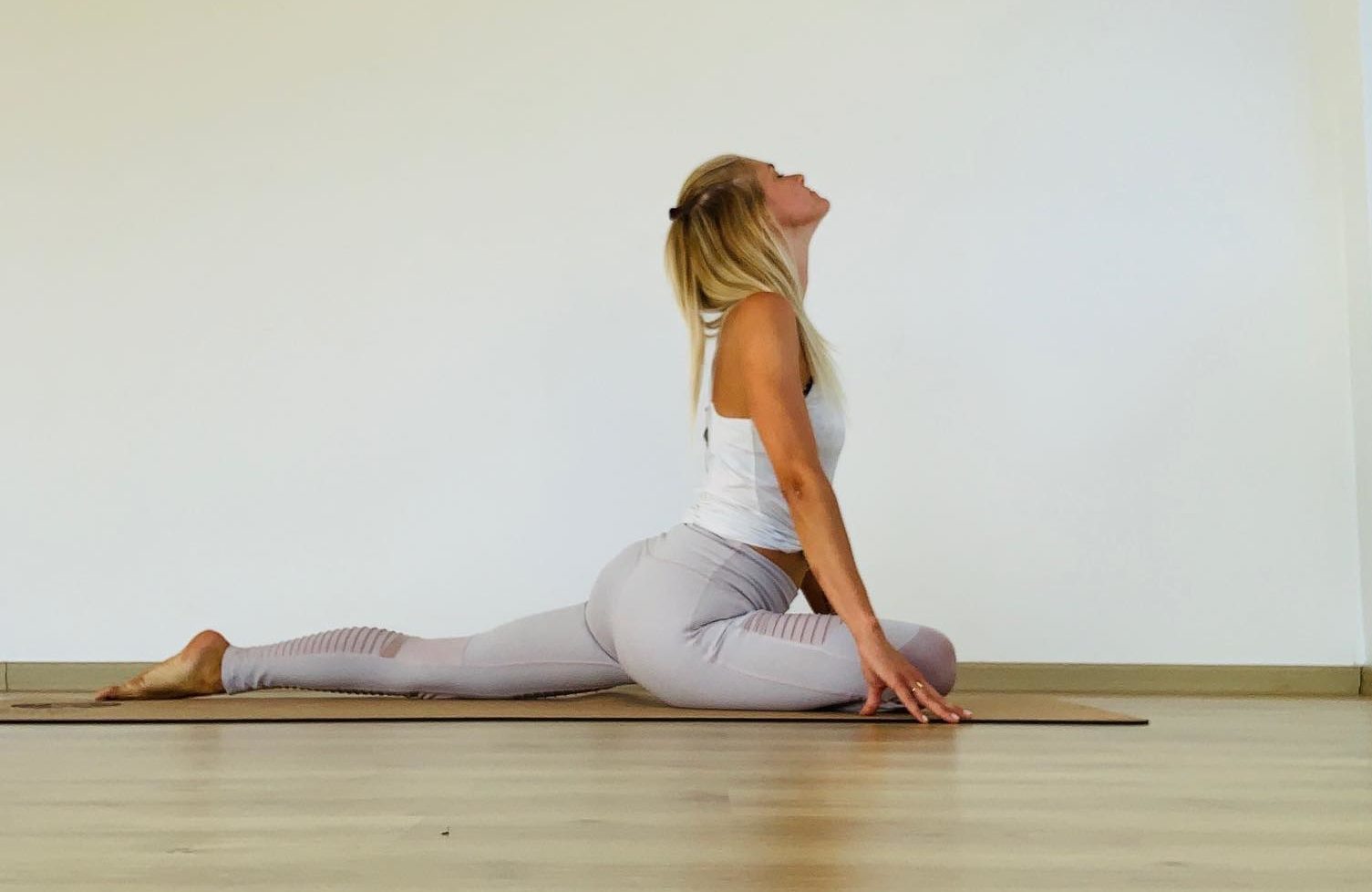
This asana is a great hip opener therefore it activates and brings in balance Swadisthana, the sacral chakra. This is the energy channel for connecting with our sensuality, sexuality, pleasure and the feminine energy within. This chakra is also our centre of creativity. Swadisthana means sweetness and it can be translated as experiencing the sweetness of life. There are also different variations to explore such as mermaid and king pigeon (eka pada rajakapotanasana). This will open the heart space further, which also brings the energy of the prana through anahata.
Navasana – Boat pose
The solar plexus chakra or Manipura is located just above the belly button and it is our energy center of inner power with the element of fire. Working on the stomach area brings the energy and prana movement through Manipura. If there is excess fire, the asana can be done in a gentle way, and if Manipura is under-active, navasana can be done in a more dynamic way by bending the knees, straightening the legs, then repeating.
Sirsasana – Headstand
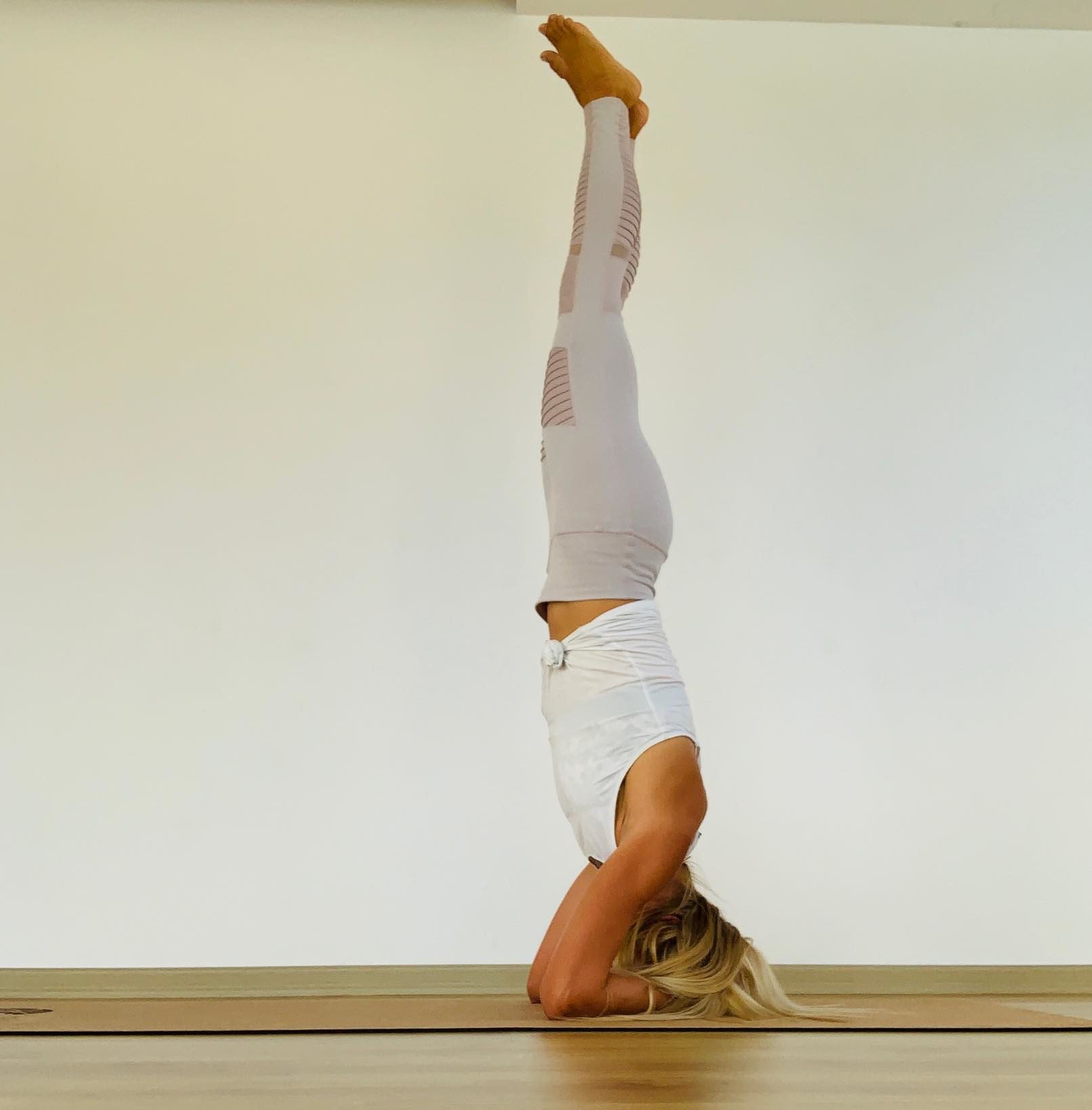
Considered the queen of all asanas, sirsasana activates Sahasrara, the crown chakra. This is the energy centre that connects us with the divine and is also known as the space for experiencing enlightenment. During sirsasana, we turn the whole-body upside down, which also disrupts the flow of the prana. When we are in a headstand, our eyes need to stay open, therefore seeing the world through a different perspective. It requires courage and an openness to create this energetic shift. Whilst upside down, we can lift the trunk, creating space through the body, whilst activating the lower chakras. To maintain balance, there is nothing else we can do but to simply surrender and focus on our breath. This asana brings a sense of humbleness which teaches us to let go of the ego and become one with all that is around.
Svasana – corpse pose
End this sequence with a 10 minute savasana silent meditation. Lie down on your mat, relax your whole body and close your eyes. Bring your gaze to the space between your eyebrows, the third eye chakra or Ajna. This means infinite power and ajna is the eye of our soul. When this chakra is in balance and activated, we let go of illusions and connect with our inner wisdom, seeing the world exactly as it is and trusting our intuition.
About the Author
 Miriam Indries is a published author, yoga and meditation teacher, passionate about holistic healing. She is also a qualified Ayurveda Practitioner and NLP coach. A keen traveller, wondering soul and student of life, Miriam is the creator of Self-Elevation.com, online platform empowering others to find their greatness.
Miriam Indries is a published author, yoga and meditation teacher, passionate about holistic healing. She is also a qualified Ayurveda Practitioner and NLP coach. A keen traveller, wondering soul and student of life, Miriam is the creator of Self-Elevation.com, online platform empowering others to find their greatness.

